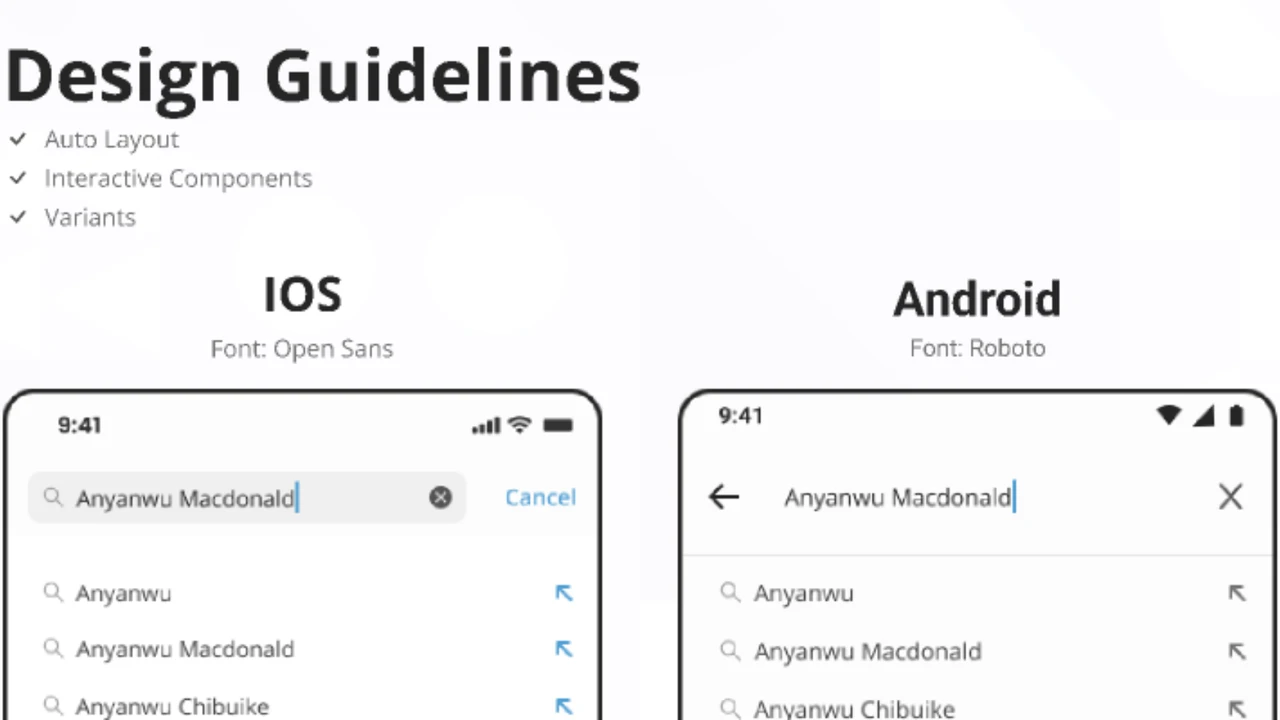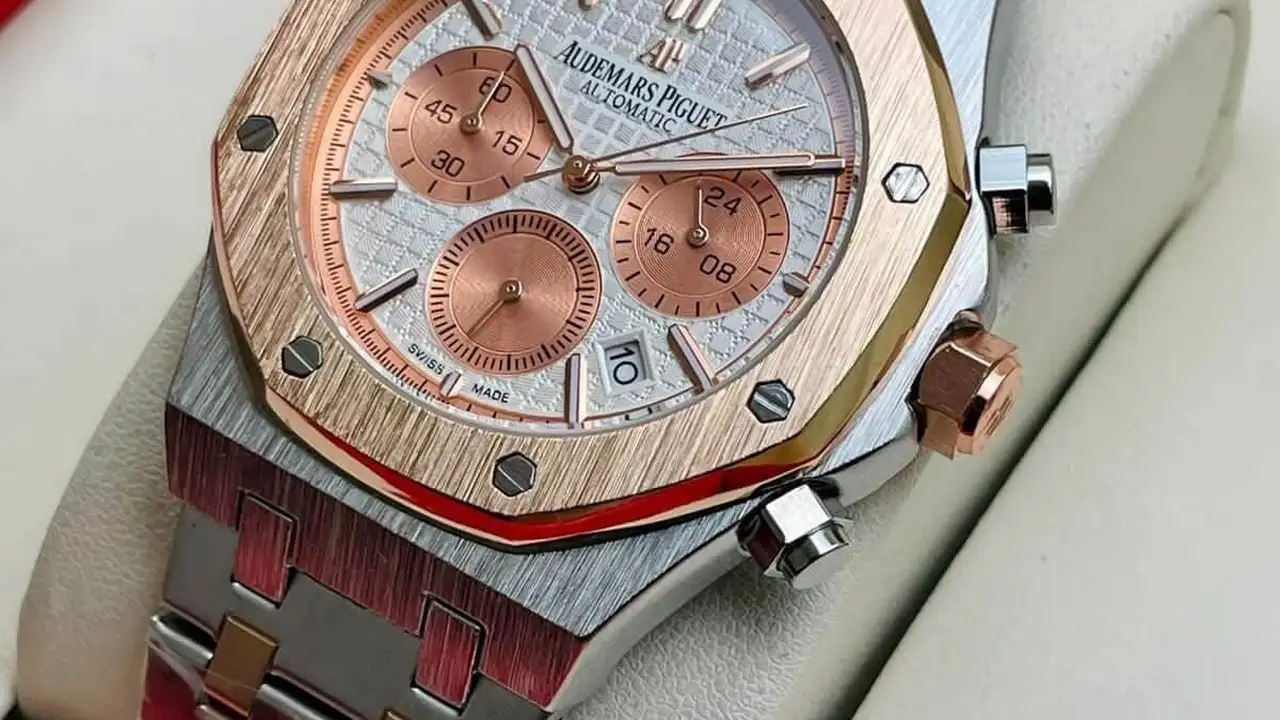Decoding Watch Terminology: A Glossary for Beginners
Decoding Watch Terminology A helpful glossary of common watch terms and jargon. This guide clarifies essential terminology for new watch enthusiasts.

Understanding Basic Watch Parts: Essential Watch Terminology
Let's start with the fundamentals. Think of this as Watch 101. You'll hear these terms thrown around a lot, so knowing them is key. We'll cover the case, bezel, dial, hands, and crystal.
- Case: The housing that protects the watch movement. Cases come in all shapes, sizes, and materials, from stainless steel to titanium to gold.
- Bezel: The ring around the watch face. It can be fixed, rotating (like on a dive watch), or decorative. Rotating bezels are often used for timing events.
- Dial (or Face): The part of the watch that displays the time. It can have numbers, markers, or a minimalist design.
- Hands: The pointers that indicate the hour, minute, and seconds. Different hand styles, like sword hands or baton hands, add to the watch's character.
- Crystal: The transparent cover that protects the dial. Common materials include acrylic, mineral crystal, and sapphire crystal (the most scratch-resistant).
Watch Movement Types: Automatic, Manual, and Quartz Explained
The movement is the heart of the watch – it's what makes it tick! There are three main types: automatic (self-winding), manual (hand-wound), and quartz. Each has its own pros and cons.
- Automatic (Self-Winding): Powered by the motion of your wrist. A rotor spins as you move, winding the mainspring. Convenient, but generally more expensive and require servicing. No battery needed!
- Manual (Hand-Wound): You need to wind the watch regularly (usually daily) to keep it running. Appeals to purists who enjoy the ritual. Also no battery needed!
- Quartz: Battery-powered and very accurate. Generally the most affordable option. Requires battery replacements every few years.
Common Watch Complications: Chronographs, Date Windows, and More
Complications are extra features beyond just telling the time. They add functionality and complexity (and often price!). Let's look at some common ones.
- Chronograph: A stopwatch function. Usually has multiple subdials to track elapsed time. Great for timing events.
- Date Window: Displays the date. Simple, but very useful.
- Day-Date: Displays both the date and the day of the week.
- Moon Phase: Shows the current phase of the moon. More decorative than practical, but a cool feature.
- GMT/World Timer: Displays the time in multiple time zones. Ideal for travelers.
Understanding Water Resistance: ATM, Meters, and What They Really Mean
Water resistance ratings can be confusing. ATM and meters are used, but they don't always translate directly to how deep you can actually go. Here's the breakdown:
- 30m/3 ATM: Splash resistant. Okay for hand washing, but avoid submersion.
- 50m/5 ATM: Suitable for showering or swimming in shallow water.
- 100m/10 ATM: Good for swimming and snorkeling.
- 200m/20 ATM (and above): Suitable for diving.
Important Note: Water resistance degrades over time, so it's a good idea to have your watch pressure tested periodically.
Watch Strap Materials: Leather, Metal, and Rubber Options
The strap (or bracelet) is a crucial part of the watch's overall look and comfort. Here's a look at the common materials:
- Leather: Classic and dressy. Comes in various types, like calfskin, alligator, and shell cordovan. Requires more care than other materials.
- Metal (Stainless Steel, Titanium): Durable and versatile. Stainless steel is more common and affordable, while titanium is lighter and hypoallergenic.
- Rubber/Silicone: Waterproof and sporty. Ideal for dive watches and active lifestyles.
- NATO Straps: Nylon straps that are durable, comfortable, and easy to swap. Great for a casual look.
Case Materials: Stainless Steel, Titanium, Gold, and Ceramic
The case material impacts the watch's durability, weight, and price. Here's a quick guide:
- Stainless Steel: The most common and versatile material. Durable, relatively affordable, and resists corrosion.
- Titanium: Lighter and stronger than stainless steel. Hypoallergenic and corrosion-resistant. More expensive than steel.
- Gold: A precious metal that adds luxury and prestige. Can be yellow gold, white gold, or rose gold.
- Ceramic: Scratch-resistant and lightweight. Available in a variety of colors. Can be brittle.
Dial Finishes and Textures: Sunburst, Matte, and Guilloché
The dial's finish and texture significantly impact its appearance. Here are a few common options:
- Sunburst: A radiating pattern that catches the light. Adds visual interest.
- Matte: A non-reflective finish that enhances legibility.
- Guilloché: An intricate, engraved pattern. Often found on dress watches.
- Enamel: A vibrant and durable finish created by fusing glass powder to metal.
Recommended Watches for Beginners: Affordable and Reliable Choices
Okay, so you're ready to buy your first watch? Here are a few recommendations, covering different styles and price points:
- Seiko 5 Series: A fantastic entry-level automatic watch. Reliable, affordable (around $100-$200), and comes in various styles. Great for everyday wear.
- Timex Weekender: A classic and versatile quartz watch. Super affordable (around $50-$70) and comes with interchangeable straps.
- Orient Bambino: A stylish and affordable dress watch with an automatic movement. Offers great value for around $150-$250. Perfect for a more formal look.
- Citizen Eco-Drive: Powered by light (solar), so you'll never need to replace the battery. These watches are reliable and affordable, with many models ranging from $200 to $500.
Comparing Watch Brands: Seiko vs. Citizen for Beginners
When starting out, two brands often come up: Seiko and Citizen. Both are Japanese, known for quality and value. Here's a quick comparison:
- Seiko: Known for its mechanical movements and diverse range of styles.
- Citizen: Known for its Eco-Drive technology (solar-powered) and durable designs.
Price: Both brands offer watches at similar price points, making them accessible to beginners.
Movement: Seiko emphasizes mechanical movements, while Citizen focuses on Eco-Drive and quartz.
Style: Both offer a wide range of styles, from dress watches to sports watches.
Where to Buy Watches: Authorized Dealers vs. Online Retailers
You have a few options for buying watches. Each has pros and cons:
- Authorized Dealers: Offer the best guarantee of authenticity and warranty coverage. You can also try the watch on before you buy.
- Online Retailers: Often offer lower prices, but be sure to buy from reputable sites. Check reviews and return policies.
- Gray Market Dealers: Sell authentic watches without authorization from the manufacturer. Prices can be lower, but warranty coverage may be limited.
:max_bytes(150000):strip_icc()/277019-baked-pork-chops-with-cream-of-mushroom-soup-DDMFS-beauty-4x3-BG-7505-5762b731cf30447d9cbbbbbf387beafa.jpg)





